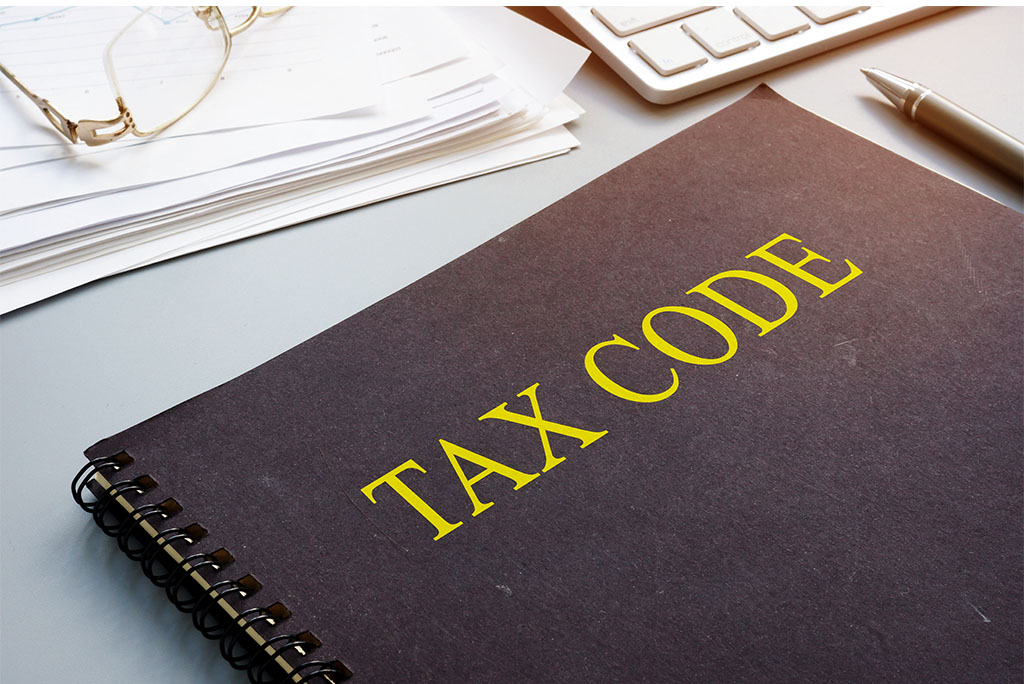
What Does Your Tax Code Mean?
March 19, 2020
HM Revenue and Customs (HMRC) will allocate you a tax code if you are paid under the PAYE scheme and live in the UK. Employers and pension providers use your tax code supplied by HMRC to ensure the correct amount of Income Tax is deducted from your pay or pension. Tax codes generally consist of numbers and letters. 1250L is currently being the most used amongst people where only one job or pension is taxed.
The number in your tax code is your tax-free Personal Allowance. Any income that you haven’t paid tax on is added to the value of any company benefits, for example a company car, and then deducted from your Personal Allowance. Lastly, the remaining figure is the tax-free income you are allowed in a tax year.
Meanwhile, the letter is specific to your situation and your Personal Allowance is affected by this.
The table below shows what the letters mean.
| L – Standard tax-free Personal Allowance. |
| M – Marriage Allowance: 10% of your partner’s Personal Allowance has been transferred to you. |
| N – Marriage Allowance: 10% of your Personal Allowance has been transferred to your partner. |
| T – Other calculations are included to work out your Personal Allowance. |
| 0T – You have no Personal Allowance remaining, or you started a new job and your employer doesn’t yet have the necessary details. |
| BR – Basic rate of tax for all income from this job/pension. Usually used if you have more than one job/pension. |
| D0 – Higher rate of tax for all income from this job/pension. Usually used if you have more than one job/pension. |
| D1 – Additional rate of tax for all income from this job/pension. Usually used if you have more than one job/pension. |
| NT – This income is not being taxed. |
| W1 – Emergency tax code. Usually used if you’ve had a change of circumstances such as a new job or start to claim benefits. Emergency tax is temporary. |
| M1 – Emergency tax code. Usually used if you’ve had a change of circumstances such as a new job or start to claim benefits. Emergency tax is temporary. |
| X – Emergency tax code. Usually used if you’ve had a change of circumstances such as a new job or start to claim benefits. Emergency tax is temporary. |
| K at the beginning of your tax code – Income that isn’t already being taxed and is worth more than your tax-free allowance. Usually if you owe tax from a previous year or you claim benefits that you need to pay tax on. |
Scotland and Wales
However, the letter in your tax code will be slightly different from the above table if you live in Scotland or Wales. The affected letters are 0T, BR, D0, D1, D2.
In Scotland, these letters will all begin with the letter ‘S’, e.g S0T, SBR, and so on, with the addition of tax code ‘S’. This simply means that your income is being taxed using the rates in Scotland.
In contrast, these letters will all begin with the letter ‘C’, e.g CBR, CD2, and so on in Wales. The tax code ‘C’ shows that your income is being taxed using the rates in Wales.
What If My Tax Code Changes?
HMRC will update your tax code if your income changes. This can be for reasons such as starting to receive income from an additional job/pension or stopping/starting to receive benefits from your job. This is to ensure the correct amount of tax is paid.
This will also apply if you receive taxable state benefits, you claim Marriage Allowance, or if you claim expenses that you get tax relief on. HMRC will inform you of this change via post or email, in addition to keeping your employer/pension provider updated.
If you believe your tax code to be incorrect, this may be a result of HMRC not being aware of a change of circumstance that may affect it. So, to check your tax code and update any information, use the ‘Check your Income Tax’ service: https://www.gov.uk/check-income-tax-current-year.
Then, to contact HMRC with general enquiries regarding your Income Tax: https://www.gov.uk/government/organisations/hm-revenue-customs/contact/income-tax-enquiries-for-individuals-pensioners-and-employees.